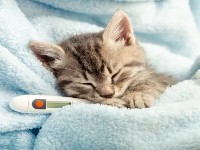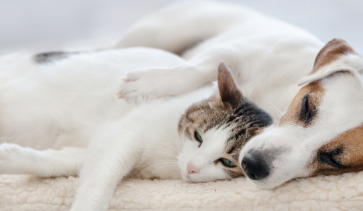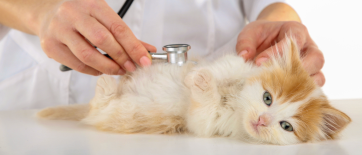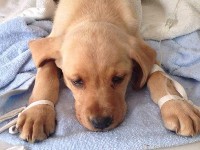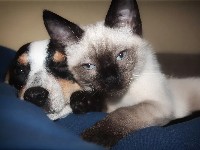There are many infectious diseases in cats, but you may panic because you don't know what infectious disease it is, so I wrote this article so that you can pay attention to the symptoms of cats and make a preliminary judgment. When your cat shows these symptoms, what diseases may it have.
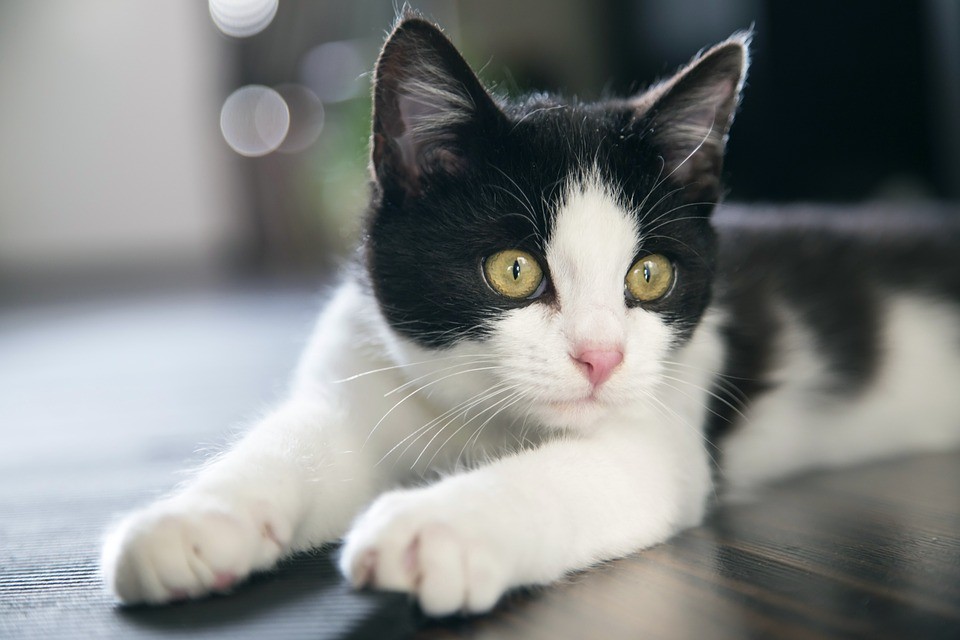
FIV (Feline Immunodeficiency Virus)
Commonly known as Feline AIDS (FAIDS), it is a retrovirus. Infected cats will suffer from Feline Acquired Immune Deficiency Syndrome. About 1 to 5% of cats are carriers of this virus. Once a cat is infected with FIV, it will be a lifelong carrier.
Symptoms of FIV include: weight loss, significantly reduced appetite and activity (fatigue, lethargy), fever (lasts too long, and fever and fever periods occur repeatedly), anemia, stomatitis, gingivitis, diarrhea, chronic skin infections (wounds of unknown causes), neurological symptoms, tumors (swollen lymph nodes)
Routes of transmission:
1.Saliva and body fluids enter the blood (mainly through fighting and biting, saliva containing viruses is transmitted through wounds)
2.Vertical transmission from mother cats (placenta amniotic fluid, breastfeeding milk, the probability is lower)
3.If the blood is not pre-screened, it may also be transmitted through blood transfusion
FELV (Feline Leukemia Virus)
Feline Leukemia Virus (FeLV) is a retrovirus that infects cats. The incidence of feline leukemia in indoor cats is about 1-8%, while it is higher in outdoor cats, increasing to 21%.
Symptoms include: weight loss, significantly reduced appetite and activity (fatigue, lethargy), fever, anemia (non-regenerative anemia), diarrhea, stomatitis, gingivitis, bladder, skin, respiratory tract infections, immunosuppression, neurological symptoms (different pupil sizes on both sides), tumors (swollen lymph nodes)
Routes of transmission:
1.Mainly saliva transmission (sharing food bowls, cat litter boxes, licking each other's bodies, pets going to stay, grooming)
2.Body fluid infection, blood infection (nasal discharge, urine, feces)
3.Vertical transmission from mother cats (placental infection, milk infection)
4.Infection during mating
FPV (Feline Panleukopenia)
FPV (Feline Panleukopenia Virus) Also known as feline plague or feline infectious enteritis, it is one of the common infectious diseases of cats. It can cause acute viral enteritis in cats and sometimes attack the heart and immune system. What's worse, FPV often causes serious illness and even death.
Symptoms include: vomiting, diarrhea (sometimes containing blood), fever, lethargy (weakness), loss of appetite, stomach pain (hunchback, roaring, hiding), wobbly kittens - due to brain damage.
Transmission route:
1. Sick cats excrete FPV in high concentrations in feces and spread it through the fecal-oral route.
2. Indirect contact is the most common route of transmission. FPV can be transmitted through fomites (shoes, clothes), which means that indoor cats are also at risk.
3.Intrauterine virus transmission and neonatal infection can occur in the offspring of unvaccinated mother cats.
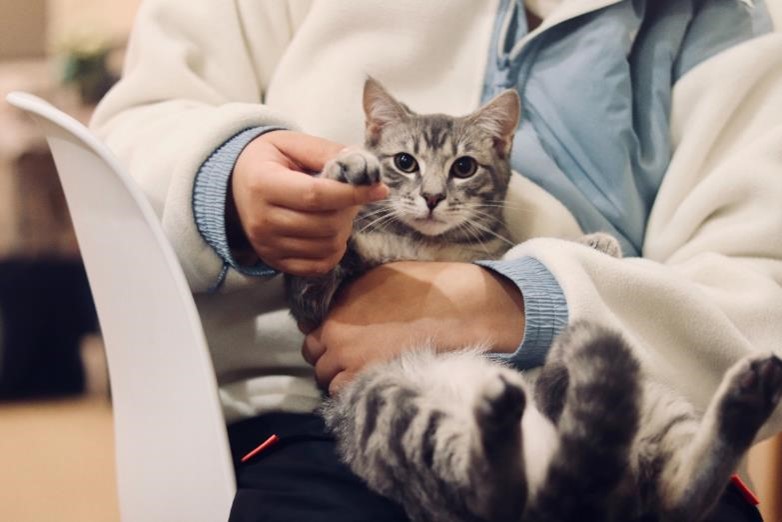
FCV (Feline Calicivirus)
Feline calicivirus (FCV) is a capsid-free RNA virus that mainly reproduces and replicates in lymph nodes. It is mainly transmitted through droplets, which refers to the transmission method of sneezing and spitting. Feline calicivirus infection is a common disease in cats, with a high incidence and low mortality.
Symptoms include: mainly upper respiratory tract symptoms, namely depression, serous and mucous rhinorrhea, conjunctivitis, stomatitis, tracheitis, bronchitis, accompanied by biphasic fever.
Route of transmission.
1.Saliva
2.Eye secretions
3. Nasal secretions
4.Excrement
FHV (Feline Herpes Virus)
Feline herpesvirus (FHV) is a cat upper respiratory tract virus. The virus is highly contagious and is a very common cat flu. Common symptoms are similar to cold symptoms such as sneezing, runny nose, poor spirit and appetite, etc.
Symptoms include: clinical symptoms begin to appear 2-6 days after infection, lethargy, loss of appetite, fever, sneezing and eye and nasal discharge are common. The eye and nasal discharge is somewhat similar to transparent water (serous) at the beginning, and then becomes mucous. When a large amount of secretions are produced, you may notice that there are lumps of secretions attached to the nose, mouth and eyelids. Oral ulcers are rare, but saliva secretions will increase. In severe cases, pneumonia may occur. Herpetic dermatitis can cause local erosion or ulcers on the face.
The virus can be transmitted between cats through the following routes:
1.Contact transmission-through contact with saliva, eyes or nasal secretions
2. Inhalation of sneeze droplets
3. Sharing food bowls or litter boxes
4.Contaminated environment (including bedding and grooming supplies)
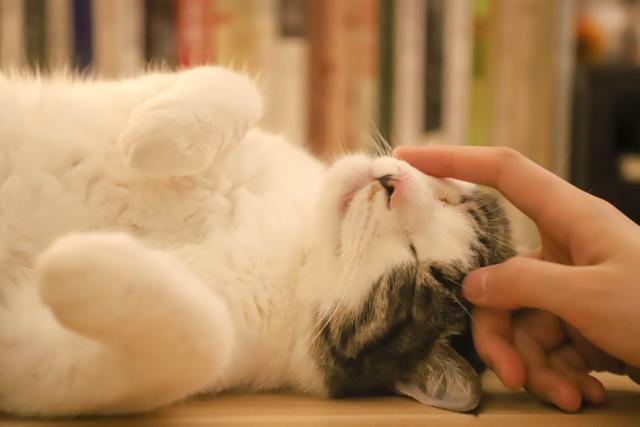
I hope this can help you, and I hope your cat can live a healthy life forever!

